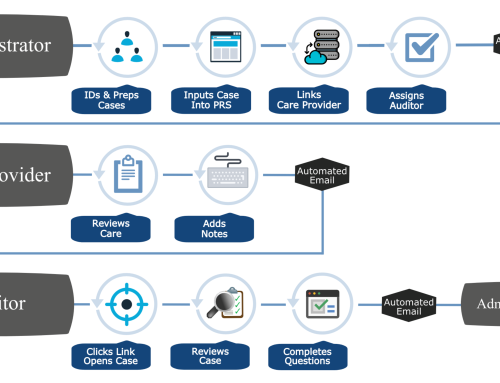Innovative Approaches to Reducing Healthcare Costs
The rising costs of healthcare make finding new, effective strategies critical for hospitals, insurance payers, and other healthcare organizations.
Cost-reduction efforts not only aim to control expenses but also improve patient care quality.
This article explores key strategies to help healthcare decision-makers address these challenges and bring about meaningful change.


Key Strategies for Reducing Healthcare Costs
click to expand each key area identified
Leveraging data analytics helps healthcare organizations pinpoint inefficiencies, allowing for informed, proactive adjustments. Data-driven insights can:
- Reveal major cost drivers, such as avoidable hospitalizations, and suggest preventive actions (Northeastern University, 2023).
- Support predictive modeling, improving the allocation of resources to reduce unnecessary expenses (Northeastern University, 2023).
By continually monitoring cost-reduction measures, healthcare organizations can adapt quickly to achieve better outcomes.
Administrative expenses form a significant part of healthcare costs, and streamlining these processes can yield substantial savings:
- Automating billing and claims processing reduces labor costs and improves accuracy (Authenticx, 2023).
- Leveraging customer service platforms enhances patient interactions and allows staff to prioritize patient care over administrative tasks (Authenticx, 2023).
Enhancing operational efficiency not only reduces costs but also leads to better patient satisfaction through shorter wait times and more streamlined processes.
Transitioning from fee-for-service to value-based care models promotes both cost savings and improved patient outcomes. Value-based care emphasizes preventive treatment and effective management of chronic conditions, encouraging providers to:
- Focus on preventive care, reducing the need for costly interventions by addressing conditions early (Vectoral, 2023).
- Establish value-based agreements that encourage collaboration between providers and payers, aligning goals to deliver better care at lower costs (Northeastern University, 2023).
This approach supports high-quality care delivery while helping organizations control healthcare expenditures.
Encouraging patients to actively participate in their own healthcare can lead to improved outcomes and lower costs. Healthcare organizations can foster this by:
- Providing educational resources that help patients understand and manage their conditions, thereby reducing hospital visits and costly treatments (Authenticx, 2023).
- Implementing digital health tools, like mobile apps, that facilitate communication and provide reminders for preventive care (Authenticx, 2023).
Patients who are more engaged and informed about their health tend to make cost-conscious decisions, contributing to overall healthcare cost reductions.
Telehealth and other digital health solutions offer cost-effective options for routine and non-urgent consultations, expanding patient access while lowering costs. Through telehealth, providers can:
- Reduce the demand for in-person visits, decreasing facility usage costs and enhancing resource efficiency (Northeastern University, 2023).
- Provide remote monitoring for chronic conditions, which allows timely interventions that prevent costly complications (Vectoral, 2023).
The convenience of telehealth improves care access and enables earlier, less expensive interventions, resulting in long-term cost savings.
Investing in preventive care can help healthcare organizations reduce the prevalence of chronic diseases that drive up costs. Effective preventive strategies include:
- Screening and early detection programs that catch health issues before they progress into more expensive treatments (Northeastern University, 2023).
- Encouraging healthier lifestyles through wellness programs that address preventable conditions such as diabetes and hypertension (Northeastern University, 2023).
By prioritizing preventive care, organizations can mitigate future expenses and promote healthier patient populations.
These innovative approaches to cost reduction provide healthcare organizations with practical options for managing expenses while maintaining high standards of care. From data-driven insights and technology use to patient engagement and preventive care, these strategies not only address rising costs but also build pathways to more sustainable healthcare systems.
For payers, hospitals, and clinics, the shift toward patient-centered, efficient care models ensures better outcomes and more value for all involved.
References
- Northeastern University. (2023). How to Make Healthcare More Affordable. Northeastern Online
- Authenticx. (2023). Solutions to Rising Healthcare Costs. Authenticx
- Vectoral. (2023). Cost Reduction in Healthcare: A Strategic Approach. Vectoral







Leave A Comment